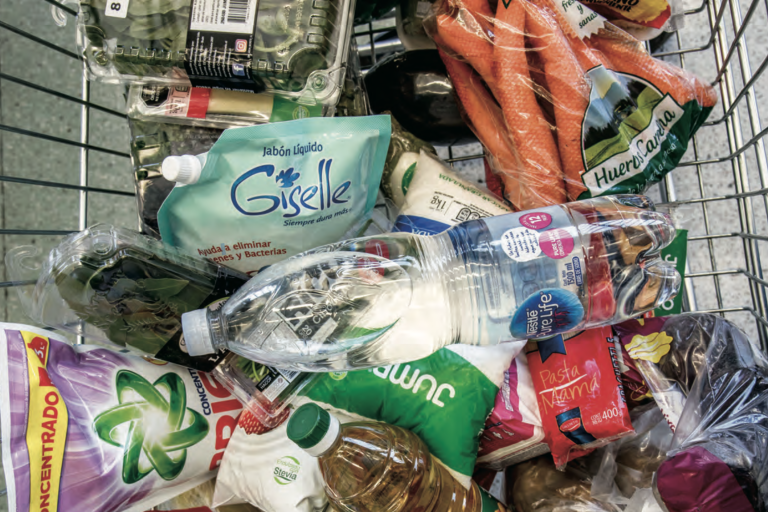
Certified to fully decompose in soil and water, CLUMEG® sets a new benchmark for sustainability.
A Legacy of Innovation in Sustainable Materials
At CLUMEG®, our story is one of relentless scientific exploration and technological advancement. We began with a bold vision: to engineer a fossil-free, high-performance alternative to plasticthat meets the demands of modern industries while safeguarding the planet. This was not just a challenge—it was an imperative.
Through cutting-edge material science, advanced biomaterials research, and groundbreaking innovations, we have transformed that vision into a reality.
Our journey is driven by a commitment to rethinking materials at a molecular level, pushing beyond conventional boundaries to create solutions that are not only sustainable but also superior.
Today, we stand at the frontier of a new materials revolution, shaping the future with breakthrough technologies that eliminate reliance on fossil-based plastics. This is more than just our story—it is a mission to redefine what is possible in a world that demands sustainability without compromise.
Engineering the Future of Fossil-Free Materials
We are replacing fossil-based plastics with cutting-edge, sustainable alternatives that offer unmatched performance, durability, and environmental responsibility. We believe that true innovation lies in merging advanced science with ecological responsibility. By leveraging biopolymer engineering, nanotechnology, and next-generation composite materials, we are developing solutions that go beyond sustainability, they redefine material efficiency for a circular economy. Our research-driven approach ensures that every solution we create is not just an alternative but a technological breakthrough—a material that works as hard for industries as it does for the planet. Because the future of materials must be fossil-free, high-performing, and built on the foundations of scientific excellence.
Plastics aren’t just polluting the planet—they’re polluting us.
When over 8 million tons of plastic enter the oceans each year, it’s not just marine ecosystem at risk. These plastics degrade into microscopic particles known as microplastics, which infiltrate our environment food systems, and even our bodies.In the Environment: Plastics choke waterways, harm wildlife, and leach toxic chemicals into soil and water.
These pollutants disrupt ecosystems vital to our survival.
In Our Bodies: As microplastics contaminate air, food, and water, they enter our systems. Studies have linked microplastics to hormonal disruptions, respiratory issues, and even potential carcinogenic effects
The link is clear: what harms the environment ultimately harms us. Every piece of plastic polluting the earth adds invisible threats to human health. From seafood laced with microplastics to toxins released by burning plastics, our reliance on traditional plastics is endangering both the planet and ourselves.

From packaging materials can transfer into food, which many countries classify them as indirect food additives. This migration is a major source of human exposure to contaminants from plastics. Some food-contact plastics break down when exposed to acidic or alkaline foods, heat, or UV light, releasing harmful compounds like styrene.
Additionally, plastic additives, which serve various functions, often leach into food since they are not fully integrated into the material. Other unintended substances, such as impurities and byproducts, also contribute to contamination. However, some packaging chemicals are intentionally released to help preserve food and extend its shelf life.
Better materials brighter future: CLUMEG® plastic free revolution